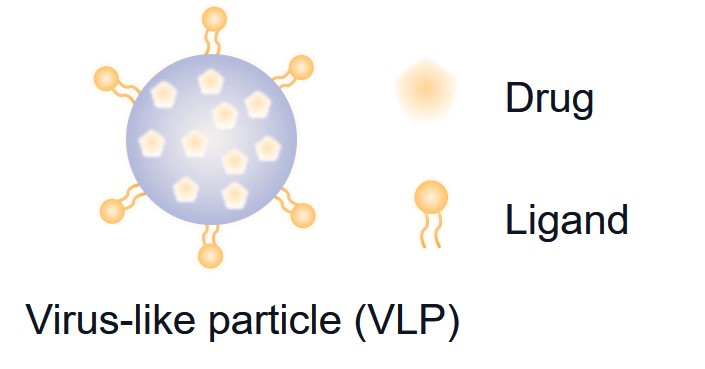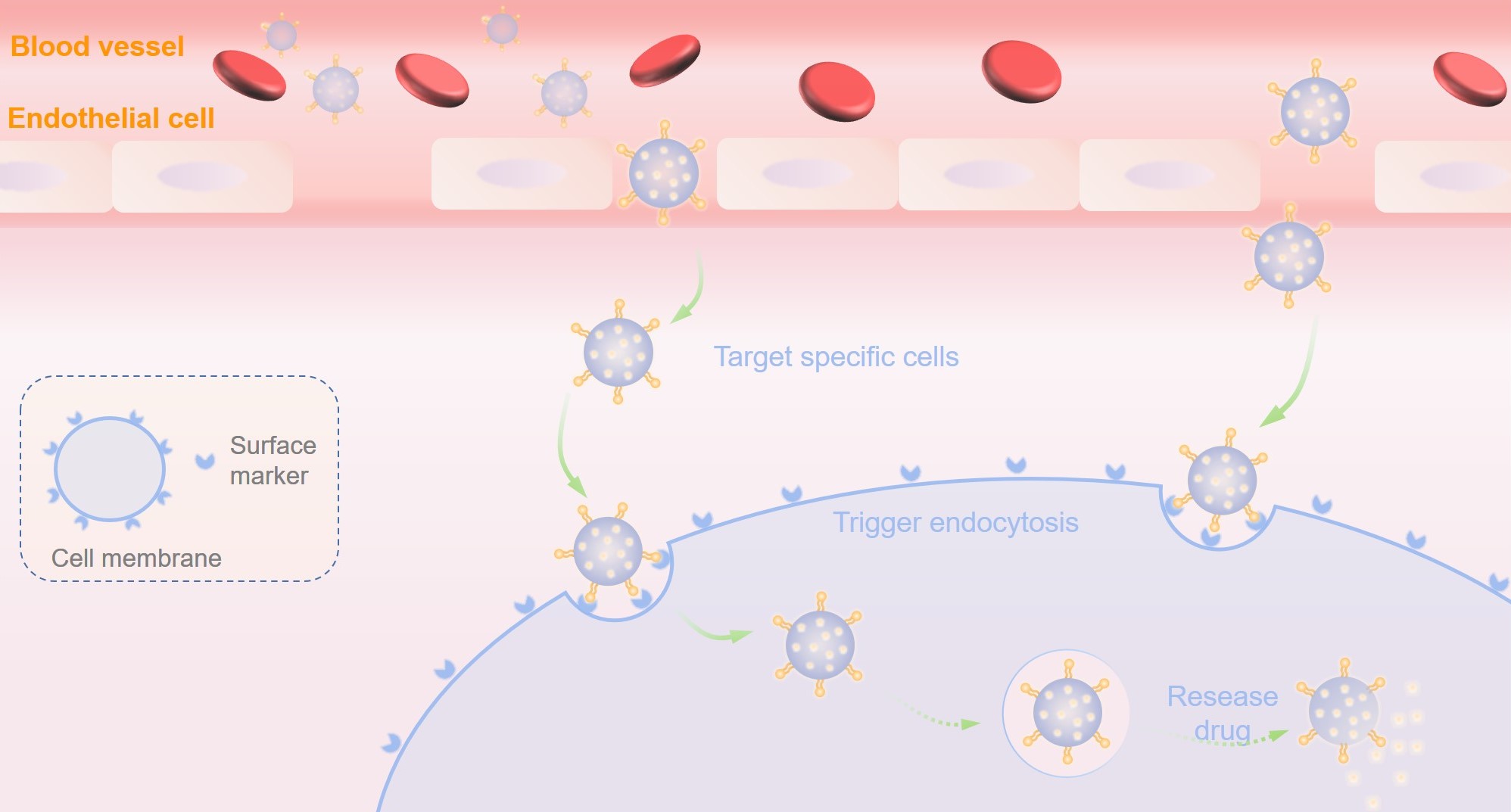Virus-like Particle Annotation
Virus-like particles (VLPs) have many advantages over other nanoparticles and can be used in many applications, including vaccines and targeted drug delivery. Based on our powerful BioConjugation research platform, Creative Biolabs offers customized services related to VLP-based BioConjugation to meet the diverse needs of our clients to develop novel low-toxicity vaccines and targeted drugs. Our dedicated team is ready to start your project and answer your questions.
Virus-like Particles
Virus-like particles are non-infectious structural nanomolecules composed of single or multiple structural proteins of the virus. VLPs lack viral nucleic acids but are immunogenic and biologically active due to their icosahedral or helical structure and densely repeated amino acid motifs that closely resemble viruses. They could be generated spontaneously or artificially by the expression of viral structural proteins, which self-assemble into a structure resembling a virus. The modified structures of VLPs could be chemically or genetically introduced. They can be produced in multiple recombinant cell culture systems, such as bacteria, animal, and plant cell lines.
 Fig.1 Schematic representation of virus-like particle (VLP).
Fig.1 Schematic representation of virus-like particle (VLP).
Applications of Virus-like Particles
- Vaccines
Vaccination is one of the most effective means of preventing infectious diseases. Currently, VPLs are broadly used in commercial medical and veterinary products, including vaccine production and antigen presentation. VLPs can activate both humoral and cellular immune responses even without adjuvants, which mostly have toxicity and side effects. The icosahedral or helical structure and densely repeated amino acid motifs on the surface of VLPs can activate B lymphocytes and produce high-specific antibodies. The nanostructure of VLPs could be taken up by antigen-presenting cells that activate T cell immune responses. It is viable to attach proteins, oligonucleotides, nucleic acids, or other small molecules to the surface of VLPs via chemical or genetic modification of the viral coat protein for targeting specific cell types or improving immune response. The conventional approach of expressing epitopes of interest with VLPs by means of gene fusion usually leads to failure of VLP assembly, as the tertiary structure, size, and nature of the peptides that can be incorporated into VLPs are quite limited, resulting in limited immune responses. Therefore, another technique called chemical cross-linking that couples VLPs with peptides, proteins, oligosaccharides, nucleic acids, or other small molecules in a covalently bonded manner can efficiently direct immune responses against specific antigen types and avoid self-protein tolerance, allowing for efficient therapeutic results.
- Targeted Drug Delivery
In addition, due to their high cargo/carrier ratio, improved permeability, and retention effect, VLPs are an emerging class of targeted delivery vehicles, loading a range of molecules. Drugs are usually only demanded in specific tissues, especially in cancer treatments. Gene therapies are hopeful for the treatment of genetic disorders. As nanoparticle (NP)-based delivery agents, VLPs can pack and deliver therapeutic cargo, including chemotherapeutics, proteins, peptides, siRNAs, aptamers, etc. Surface modifications of VLPs through covalent attachment have the advantages of high affinity and improved permeability, and can avoid phagocyte-mediated clearance.
 Fig.2 Targeted delivery sequence by stabilized VLPs.
Fig.2 Targeted delivery sequence by stabilized VLPs.
Creative Biolabs has a long-term dedication to offering reliable BioConjugation services that support the development of virus-like particle-based vaccines and targeted drugs. If you have the intention of learning more about our VLP-based BioConjugation services and customizing your project, please don't hesitate to contact us.
